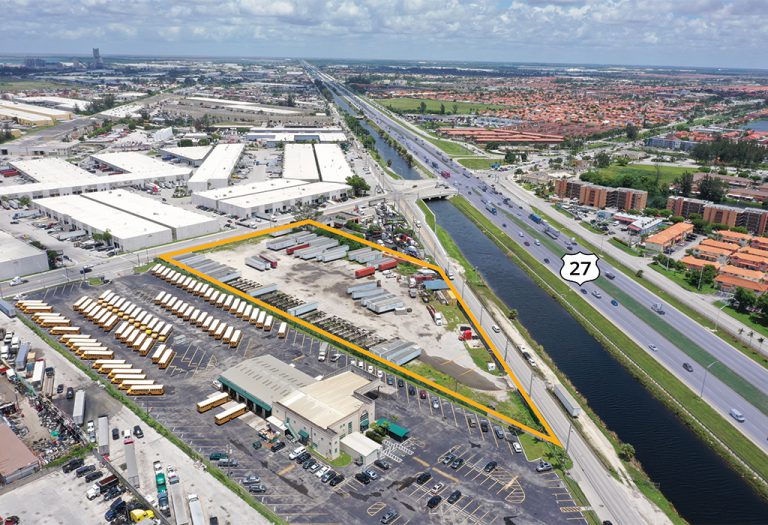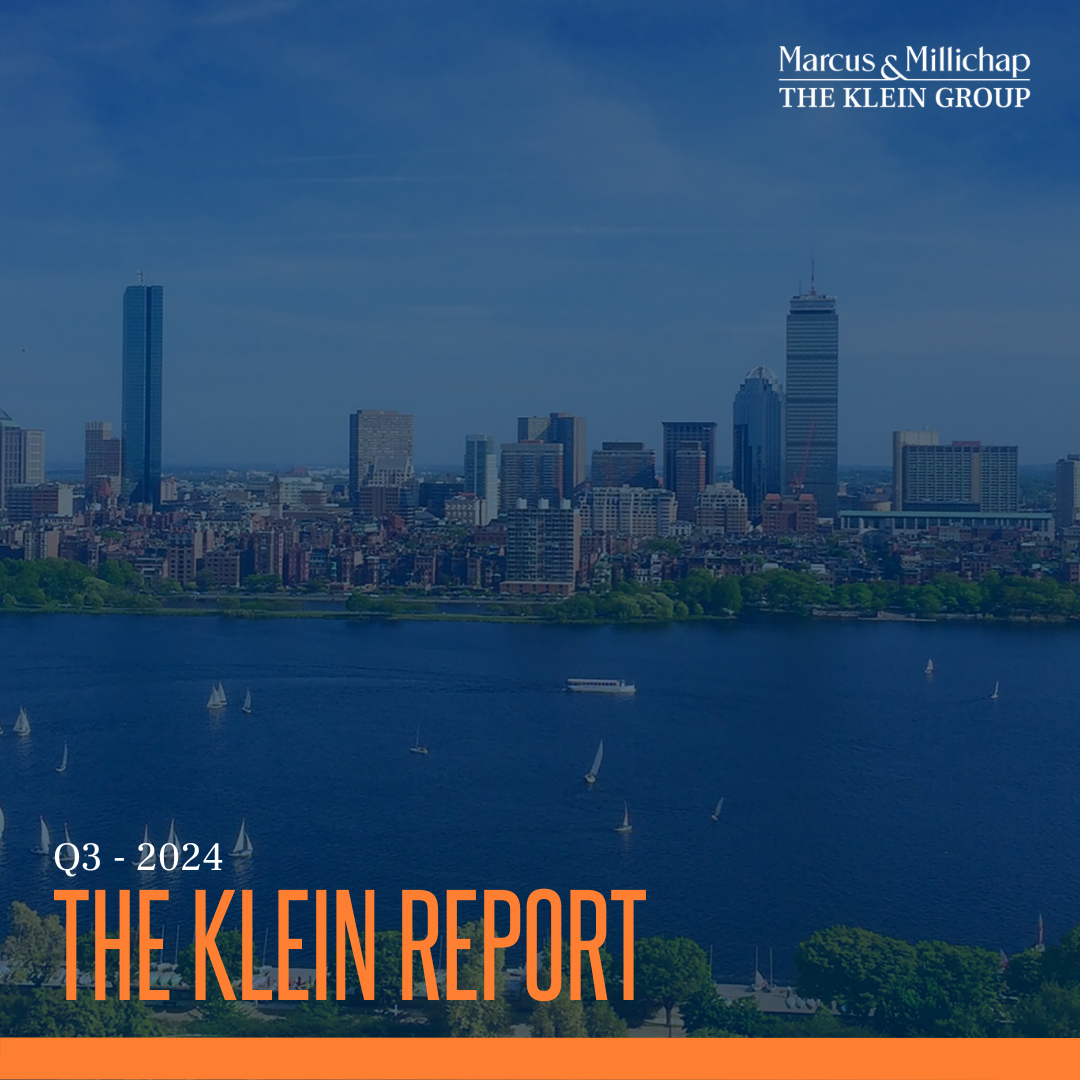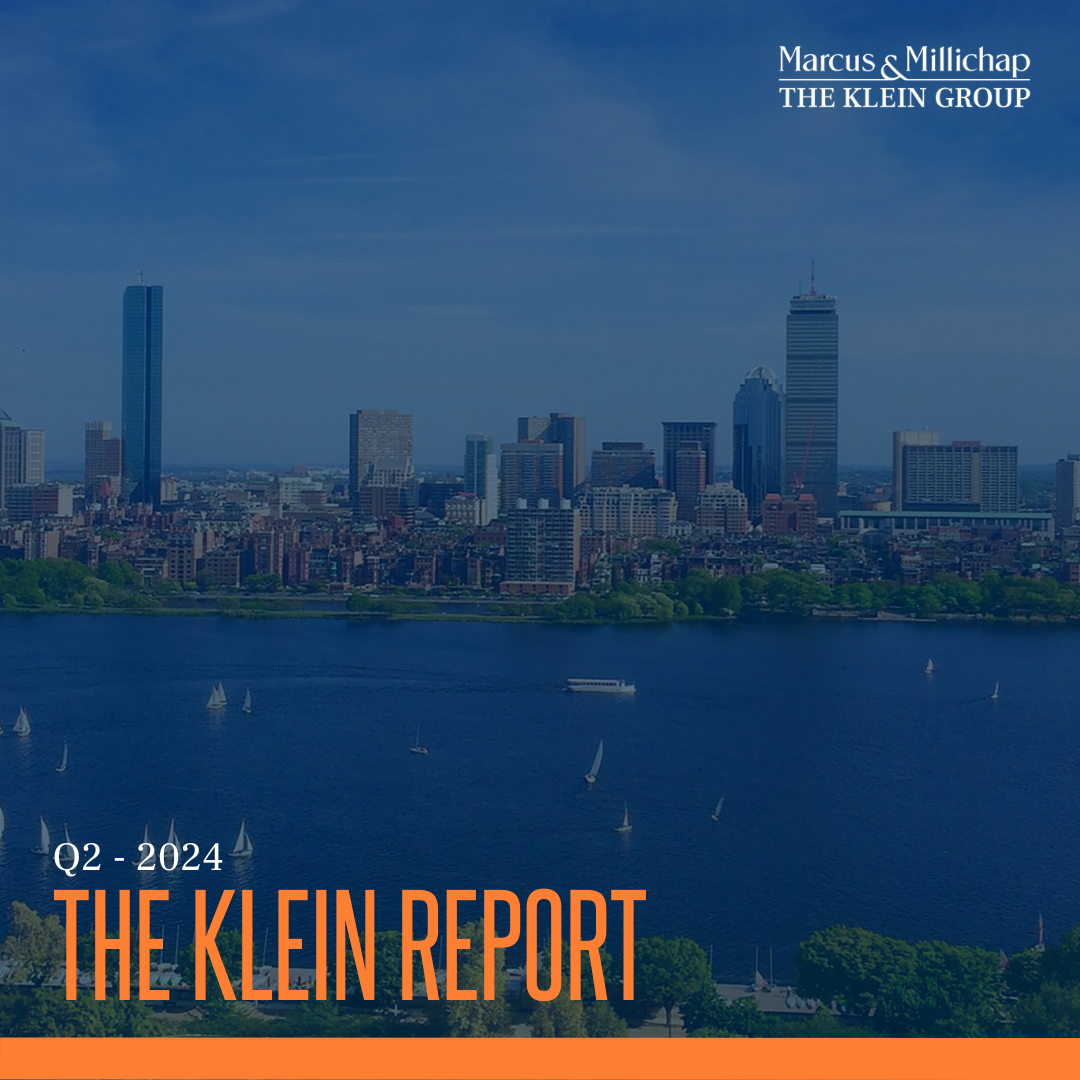Industrial Outdoor Storage (IOS) facilities may include low–density buildings; however, the primary value driver is the usable land itself. Truck parking, container storage, construction material laydown, and heavy industrial uses are the most common uses of IOS sites. Until recently, these low building density sites would generally be sold with plans to increase building size. However, given a lack of suitable sites for these uses, we have seen rents skyrocket – justifying ongoing usage of sites for outdoor uses. Historically, almost all heavy industrial and IOS sites were owner–occupied and very rarely transacted. These sites were owned by trucking companies, large contractors, supply houses, or manufacturers. Rapidly increasing prices and
the retirement wave amongst Boomer owners have created an opportunity for the institutionalization of this asset class. In New England, a handful of primarily New York City–based investors have been buying up available inventory. Cap rates and yield expectations are in line with traditional Class B industrial buildings. Pricing can range from $300,000 per acre
for tertiary sites to millions of dollars per acre for core urban facilities.
Advantages: Well–located IOS sites are rare and benefit from high barriers to entry. These barriers include scarcity of land and zoning that often prohibits these uses (if not grandfathered). This newly discovered asset class is still in a price discovery period, meaning that in place rents can be massively below market. With minimal buildings to maintain IOS properties typically have low expense ratios and minimal management. Many IOS deals are essentially single–tenant net lease deals with very minimal landlord responsibilities. Potential future development of a site can be an ideal exit strategy. IOS sites that act as covered land plans are ideal for developers looking to fill a future development pipeline.
Disadvantages: The biggest disadvantage of IOS investment is the lack of clear rent comps. The current scarcity of truck parking in certain markets has resulted in some very high rates of temporary leases. These rates may not be durable leading to losses. IOS acquisitions may be harder to finance and have shorter lease commitments. When looking at heavy industrial land it is important that buyers understand environmental risks and any risks involved with decommissioning the current use.
Ideal Buyer: IOS investments may be priced sub $1 million up to $25 million or more. Small truck terminals in secondary markets often trade in the $1.5–$3.0 million range. While IOS has recently become popular with institutional groups private investors could also be well served in this asset class. IOS is ideal for long–term holders with an ability to handle vacancy, lease–up, and potentially redevelopment/entitlement. For those that aren’t turned off by the risk factors, IOS can offer very attractive long–term yields.




